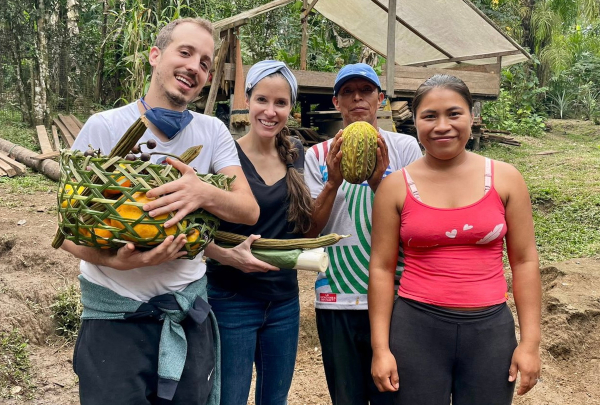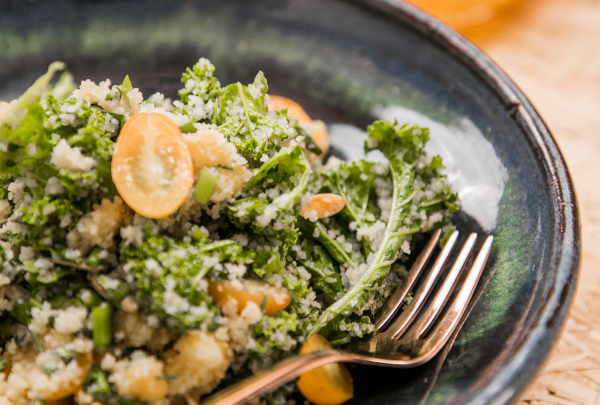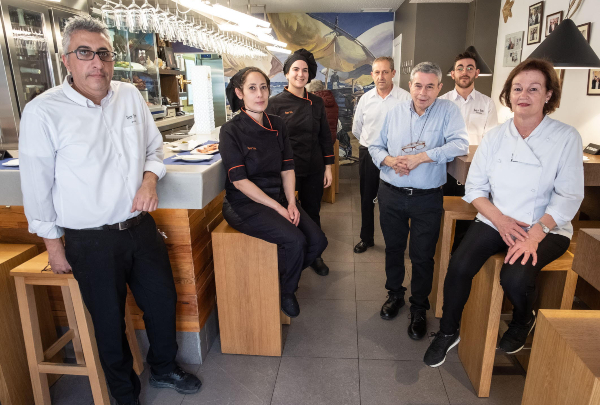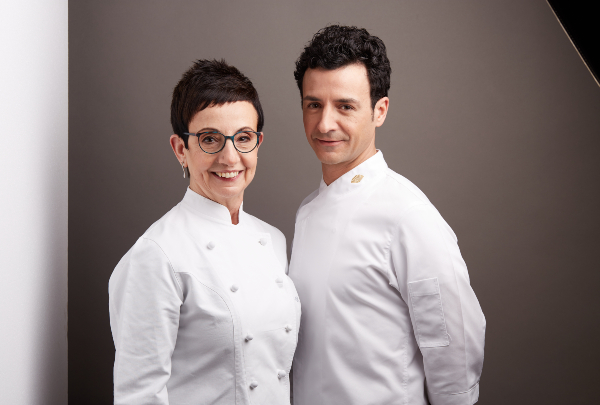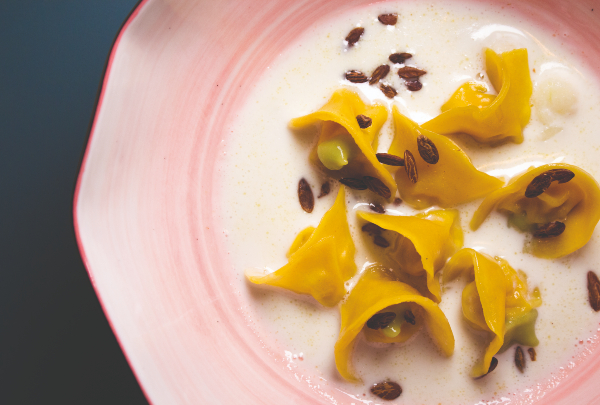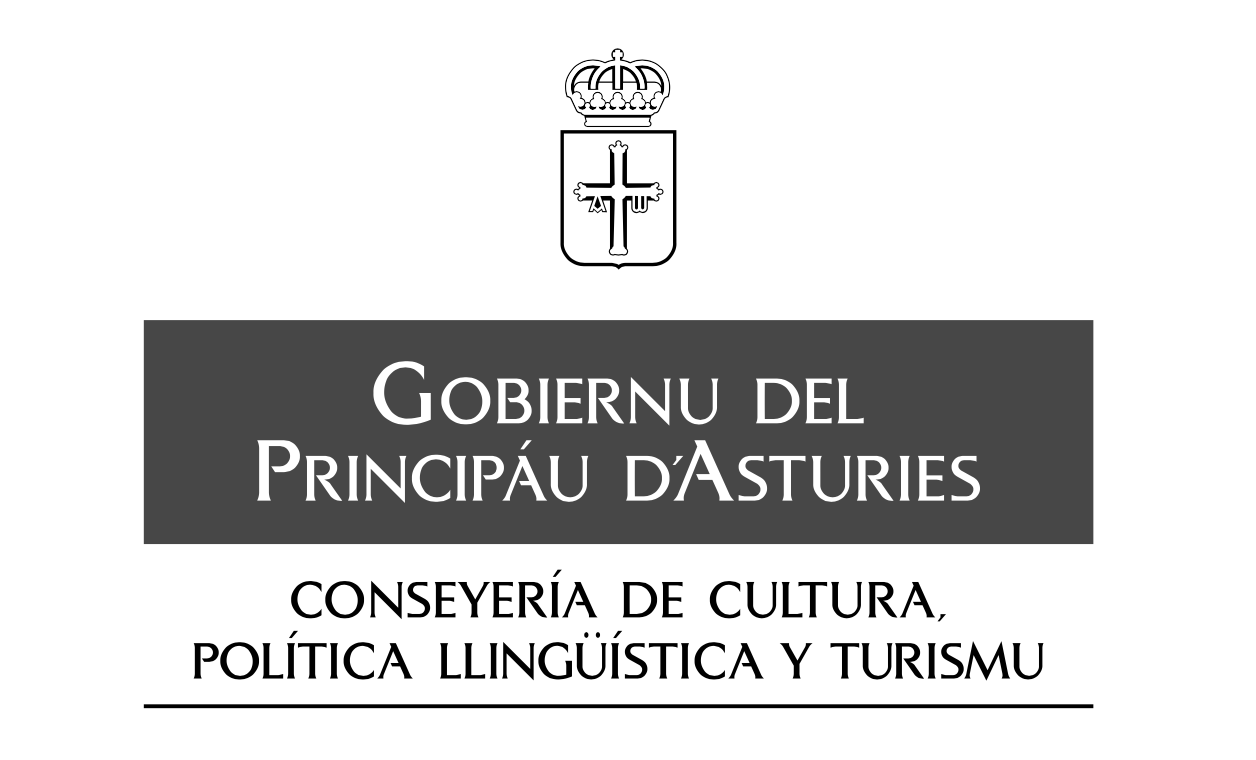Interview
Mónica Huerta: “The “picanterías” express the popular culture of our land”

The renowned "picantera" Mónica Huerta gives an interview a few days before she picks up the "Guardians of Tradition" Award on behalf of the Peruvian group.
A native of Arequipa (Peru), Mónica Huerta is an acknowledged "picantera" who has inherited a gastronomic tradition handed down through the generations. Her grandmother and her mother ran the Palomino "picantería", and Mónica took over in 2004. She now arrives in Spain to pick up the 2nd International "Guardians of Tradition" Award at FéminAs on behalf of "Sociedad Picantera de Arequipa" (Peru), an organisation that was declared a Non-Material Cultural Heritage of the Nation ten years ago, and will "soon" be declared a UNESCO Non-Material Heritage entity.
As the organisation describes it on its website, "Arequipa's "picantería" is a singular expression of Peru's culinary culture, deftly combining its Andes and Hispanic roots and past flavours and products of the coast, the valleys, the highlands and the Puna plateau, to produce original local cuisine, eaten in the sociability of a horizontal democratic space". Let's take a closer look at this phenomenon in the words of its representative.
Sociedad Picantera de Arequipa is ten years old. Congratulations!
Yes, this year we are celebrating the first ten years since the creation of Sociedad Picantera de Arequipa. Although Arequipa's "Picantería" is a centenary institution several times over, the organisation is very young. It is composed of professional "picanterías" in Arequipa and "picanteros" who are our beloved diners and friends. The combination of both gives it strength, and thanks to Sociedad Picantera de Arequipa we have been acknowledged as a Non-Material Cultural Heritage of the Nation, and we soon hope to make the List of UNESCO's Non-Material Heritage entities.
What do the "picanterías" mean to Arequipa and to Peru?
They are the body and soul of Arequipa cuisine. They preserve the best popular hybrid traditions based on Andes and Hispanic customs, at the democratic service of the people of Arequipa. For Peru, the "picanterías" of Arequipa are a benchmark of quality and sociability, and they also express the popular culture of our land.
How important is "chicha" for the "picanterías"?
"Chicha", a kind of low-alcohol protein maize beer, is the emblematic beverage of the "picantería" which acts as its anchor, and we also use it in a range of recipes. The "picanterías" arose from the "chicherías", where "chicha" had been made and served since the 16th century. They gradually elaborated on their culinary offer until down through the centuries they became today's "picanterías".
Are there any male "picanteros"?
Although this tradition has mostly been administered by women, yes, men now run some of them.
How did your mother's "picantería", Palomina, evolve into your Nueva Palomino?
My mother, whom I miss very much and who was the reason I took this path, and her sister Arminda inherited the Palomina from my grandmother Juana Palomino. When her sister died, my mother decided to open Nueva Palomino. I'm its continuation.
The editor of Siete Caníbales, Ignacio Medina, says, “Nueva Palomino is another story: a splendid refined version of a "picantería". Is Nueva Palomino still a "picantería"?
We're a traditional "picantería" that works hard to provide a new public with the old traditions of Arequipa. Nothing else.
What does the FéminAs award mean to you and your colleagues?
Honours are received with humility; traditions, if they are good, are transmitted with pride", as my dear friend Alonso Ruiz Rosas says.
What is your view of Peru's gastronomy? How important is gastronomy in Peruvian culture?
Peru is a leading gastronomic power. It has an astounding wealth of products, and a magnificent melting-pot of cultures and combinations. What it needs to do is maintain the quality and diversity of its product, respect and promote its regional cooking and innovate where this is necessary, keeping an eye on the sustainable requisites of the future.

